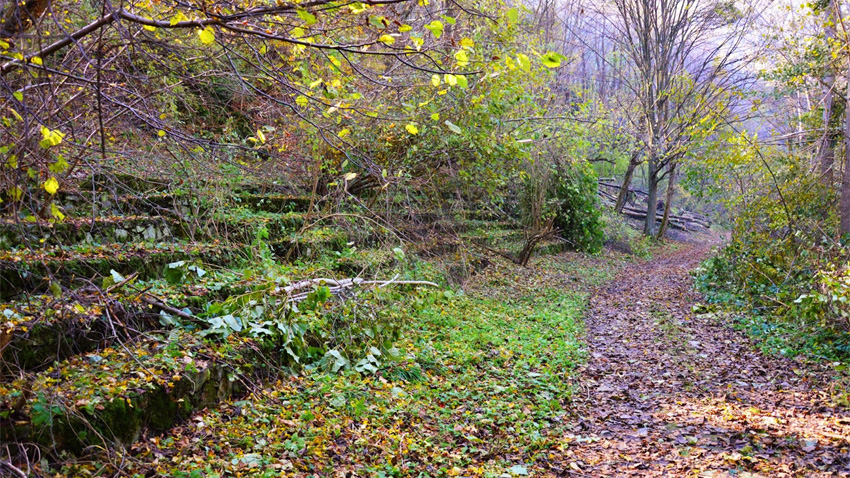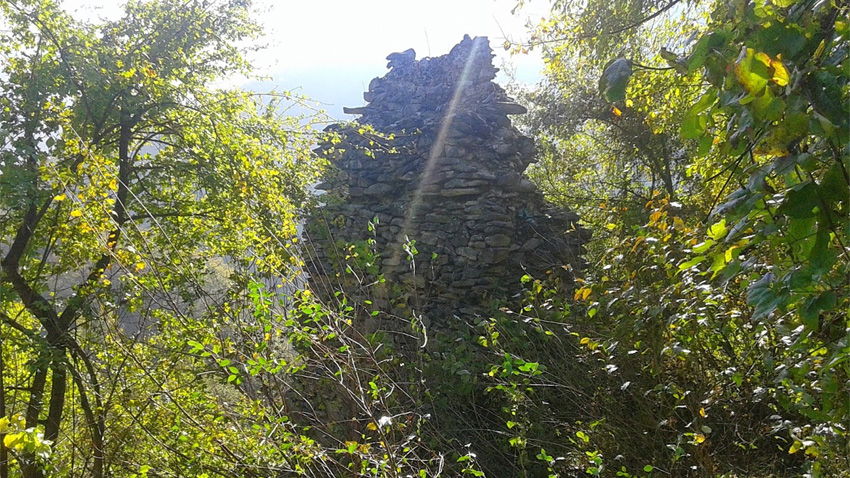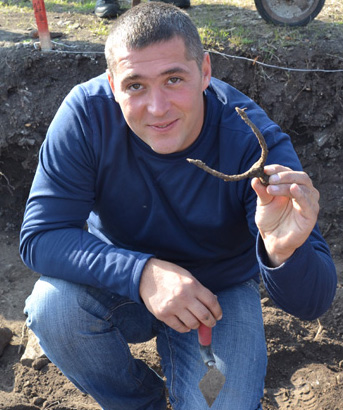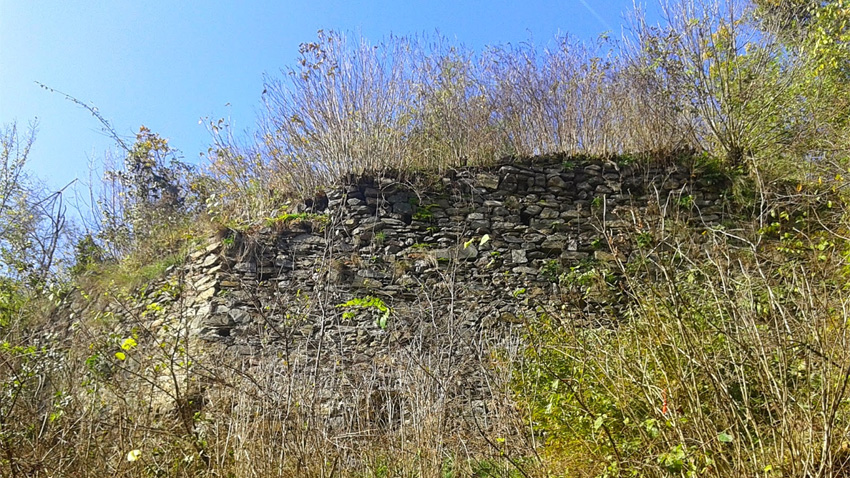Urvich monastery in Kokalyane is perched on the right-hand side of the steep bank of the River Iskar, in Lozenska Mountain. Here, the river bends around an elevation on the Sofia-Samokov road, and above this bend tower the remains of stone walls. The fortress with its church – the Prophet Elijah – along with Urvich monastery and the monastery of Kokalyane make up a monastery complex which is part of what is known as the Sofia Mount Athos. During the Middle Ages, Christians considered this place to be sacred.

The fortress is thought to have been built in the time of Khan Krum, who incorporated the ancient town of Sredets into Bulgaria, though his name is mentioned most often in the 13th-14th century, at the time of the Second Bulgarian kingdom, when protracted battles were fought against the Ottoman invaders.
The local people know a great many legends about the fortress and the church. They say that the treasure and the library of Tsar Ivan Shishman lie hidden somewhere in these parts that are so difficult of access. Historical documents tell us that in 1371 a fierce battle raged here against the Ottoman invaders, in which many soldiers and one of the heirs to the Bulgarian throne lost their lives.
The first time the monastery was studied and photographed in modern times, as well as the first study of its connection with the monastery’s patron – Prophet Elijah – was conducted by Prof. Dimitar Ovcharov. Fragments of gospel scenes from the frescoes inside the Prophet Elijah fortress church were unearthed in the 1970s. They are in the Palaeologos style of the Renaissance and have been restored piece by piece. They are very similar to the frescoes in the Boyana church near Sofia.

Since 2012 the ruins of this medieval monastery complex have been studied thoroughly many times. After being fully studied, documented and photographed, archaeologists now want to rebuild the remains – the monastery, church and the surrounding buildings – so the complex may once again start to attract tourists and believers.
 “We have a conceptual design and everything will be true to life. The monastery will be rebuilt entirely, with a second floor, with wooden verandahs and balconies,” says archaeologist Filip Petrunov from the National Museum of History. This is the eighth season that, along with his team, Petrunov has been conducting a thorough study of the remains.
“We have a conceptual design and everything will be true to life. The monastery will be rebuilt entirely, with a second floor, with wooden verandahs and balconies,” says archaeologist Filip Petrunov from the National Museum of History. This is the eighth season that, along with his team, Petrunov has been conducting a thorough study of the remains.
“We even plan to put together a catalogue of fasteners, as we have a huge number of iron wedges and nails, collected across the entire territory of the monastery. We are inching our way to a total reconstruction, and this is no longer hypothetical, it is very real. To make sure it is authentic we are relying on the preserved buildings of other monasteries dating back to the same period. Rebuilding is the only way that the buildings of this monastery, which has played such a crucial role in the history of Bulgaria and of Europe, can be preserved. The objects we come in contact with in our work really don’t matter much. What does matter is the information they provide, so we may be able to restore and give an idea of the way our ancestors viewed the world and life hundreds of years ago,” says Filip Petrunov and goes on:
“The monastery ruins have yielded a wealth of objects which tell us what life was like for the monks and the people from the villages nearby. Church services, rituals, marriages, funerals all took place here. In the west part of the church building we discovered the remains of an incredible kitchen unit with two big rooms – a dining room and a kitchen. The dining room is 12 meters with a fireplace in the centre capable of warming up all other rooms. This dining room was separated by a dry room for the monks to clean their shoes in before entering the kitchen. This is the place where, after prayers, they all sat down to dinner in silence, absorbed in their thoughts.”

Photos: bg-zabelejitelnosti.blogspot.bg
On December 9 the Orthodox Church celebrates the Conception of the Most Holly Theotokos by Saint Anne. Joachim and Anne were childless for a long time despite their righteous life. In addition to their personal grief, they also endured public..
The Bulgarian Orthodox Church honors the memory of St. Nicholas the Wonderworker on December 6. He is called the saint of mercy because his entire life was dedicated to supporting the poor, the suffering, the innocent and the wronged. His words had an..
A group of Bulgarian scientists is leaving today for the Republic of South Africa, Botswana and Zimbabwe . On the initiative of the Explorers Club Bulgaria, the researchers will research into the origins of Homo sapiens in these places. The..
In anticipation of the Nativity of Christ, the Orthodox Church opens its doors for today's divine services, heralding the fulfillment of the mystery of..
His Holiness Daniil, Patriarch of Bulgaria and Metropolitan of Sofia, addressed the Orthodox Christians on the eve of the bright Nativity of Christ..
Christmas Eve is one of those quiet family holidays, filled with hope for the future. At the border between the past and the present, Orthodox..

+359 2 9336 661
